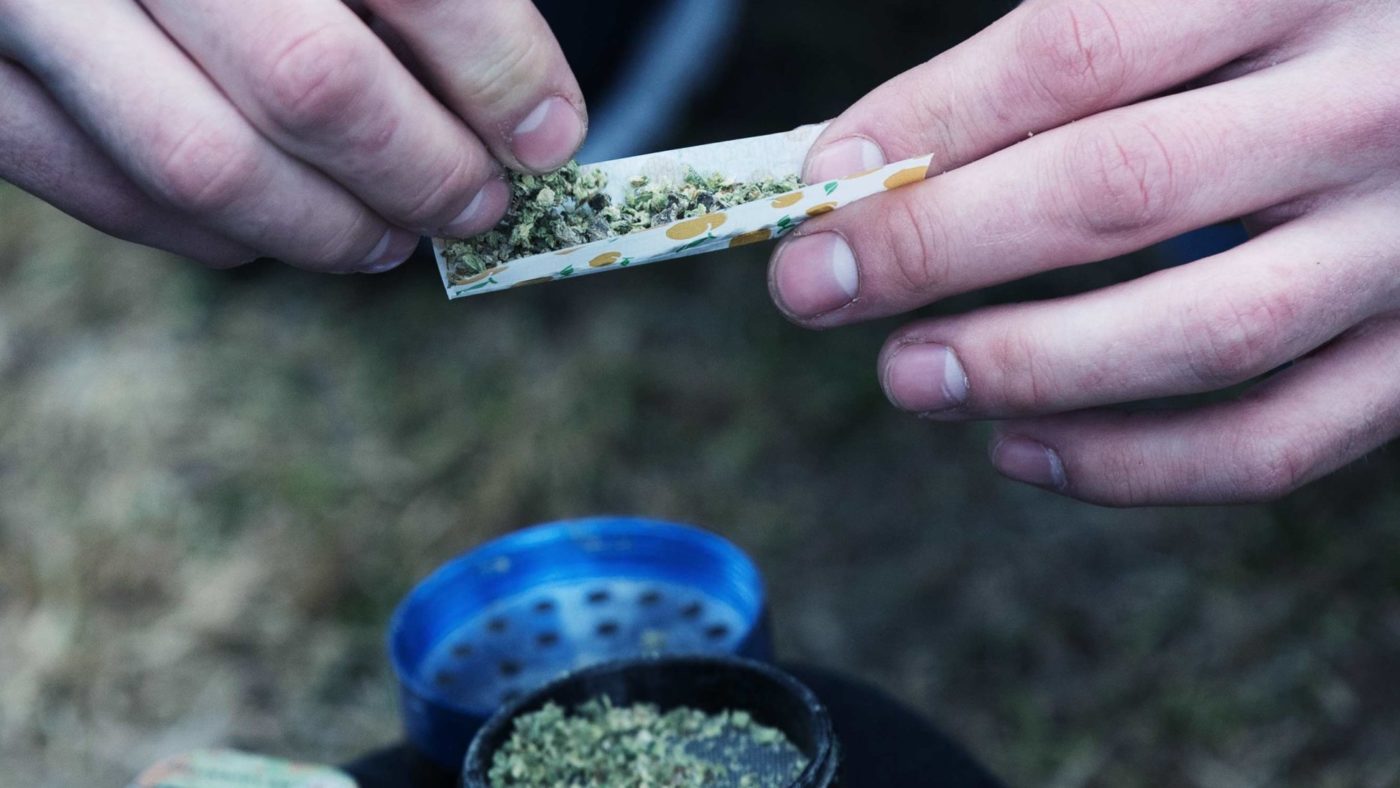Last October Canada legalised the recreational use of cannabis after having first permitted its use for medical purposes in 2001. The new rules mean, with slight provincial variations, that an individual is allowed to possess up to 30 grams, own up to four cannabis plants for recreational purposes and buy cannabis from a licensed retailer.
Just this week Democrat Jerry Nadler introduced a new act in the US Senate that would legalise cannabis at a federal level. And a recent poll from the drug advocacy organisation Volteface showed that in the UK 47% support the legalisation of cannabis, with only 30% in opposition and 23% undecided.
So, when asked by Volteface, to visit Canada, along with Labour MP David Lammy, Lib Dem MP Sir Norman Lamb and a BBC film crew, I saw a good opportunity to look at all aspects of how this policy is playing out.
It seems to me that at the moment British law is out of kilter with reality. In my own constituency, for instance, I have been informed that more young people are now smoking cannabis than tobacco. At the same time, as drug availability is increasing due to the use of so-called county lines running out of the big cities, police action and prosecutions are increasingly unlikely to be deployed for possession and supply offences.
When the recreational legalisation debate was taking place in Canada, supporters of the proposed law led by Prime Minister Trudeau focused on the argument that legalisation would enable the state to concentrate on the impact on children and reducing criminality.
As far as criminality goes, the harsh reality is that nine months on from legalisation it is estimated that some 60% of recreational cannabis is still sold illegally in Canada. The basic concept is that people who have access to a legal retailer will have no need to buy from a criminal. However, for this to work there needs to be an efficient marketplace, which most certainly does not yet exist in Canada. A combination of slow and clunky licensing and regulation of producers has led to a lack of supply and variety of products available for sale.
The legal retailers are very limited in number. For instance, only twenty-five shops have been permitted for the entire province of Ontario, of which only five had been allowed to open a year after legalisation. The granting of retail permits has been conducted (in Toronto) by lottery which would appear effectively to preclude successful shops from opening further branches in the same province. And the state provincial authority wholesaler also bizarrely holds the monopoly for online retail sales, meaning in effect that the state is regulating itself.
Various experts advised us that these teething problems would largely be ironed out over the coming years as production and licensing adapt to market demands; meaning there would be a more efficient marketplace and less reason for people to use the black market.
As with any marketplace, price is a core feature. The cost of legally producing cannabis is understandably higher than in the illegal sector, partly due to regulatory requirements and partly due to the Canadian state adding on tax. Increasing the tax would act only to help the illegal sector by making the illicit market more affordable than the legal market.
Of course, legalisation only applies to those over eighteen, meaning that young people under that age will still only be able to source recreational cannabis through illegal dealers if the black market continues to thrive.
My overall impression of the Canadian attitude was that they did not consider the impact on children to be at the same level of concern that currently exists in the UK. It may be that this is because children in Canada have for many years had easy access to cannabis and this has resulted in it becoming fairly normalised among the general public. Hopefully, regulation will challenge ideas of who should and shouldn’t be using cannabis, much like the UK has done with alcohol.
For over 18s the labelling of the THC potency levels in the Canadian legal retail outlets is clearly shown and certainly, having people know what they are buying can only facilitate sensible consumption.
There have been significant economic benefits to Canada, where the contribution of legal cannabis to GDP is 0.4% and rising. Cannabis is delivering thousands of new jobs, often in the most deprived areas of Canada. We heard clear evidence of how cannabis production is benefiting the type of post-industrial areas that are so familiar to us also in the UK.
I saw little evidence that underlying problem issues have been made worse by legalisation and time could allow the regulatory fine tuning required to reduce criminality.
My visit to Canada raised as many questions as it gave me answers. However, given that the wall has now been breached with the legalisation of medicinal cannabis in the UK, having seen the Canadian experience, my instinct is that like it or not we will move to legislate for recreational cannabis use within the next decade. If that is the case, there will be many experiences and lessons to be gathered from Canada and other countries that have legalised. We should start that learning process now.
CapX depends on the generosity of its readers. If you value what we do, please consider making a donation.


